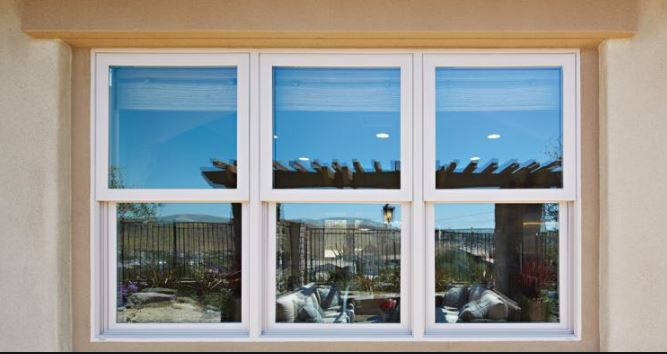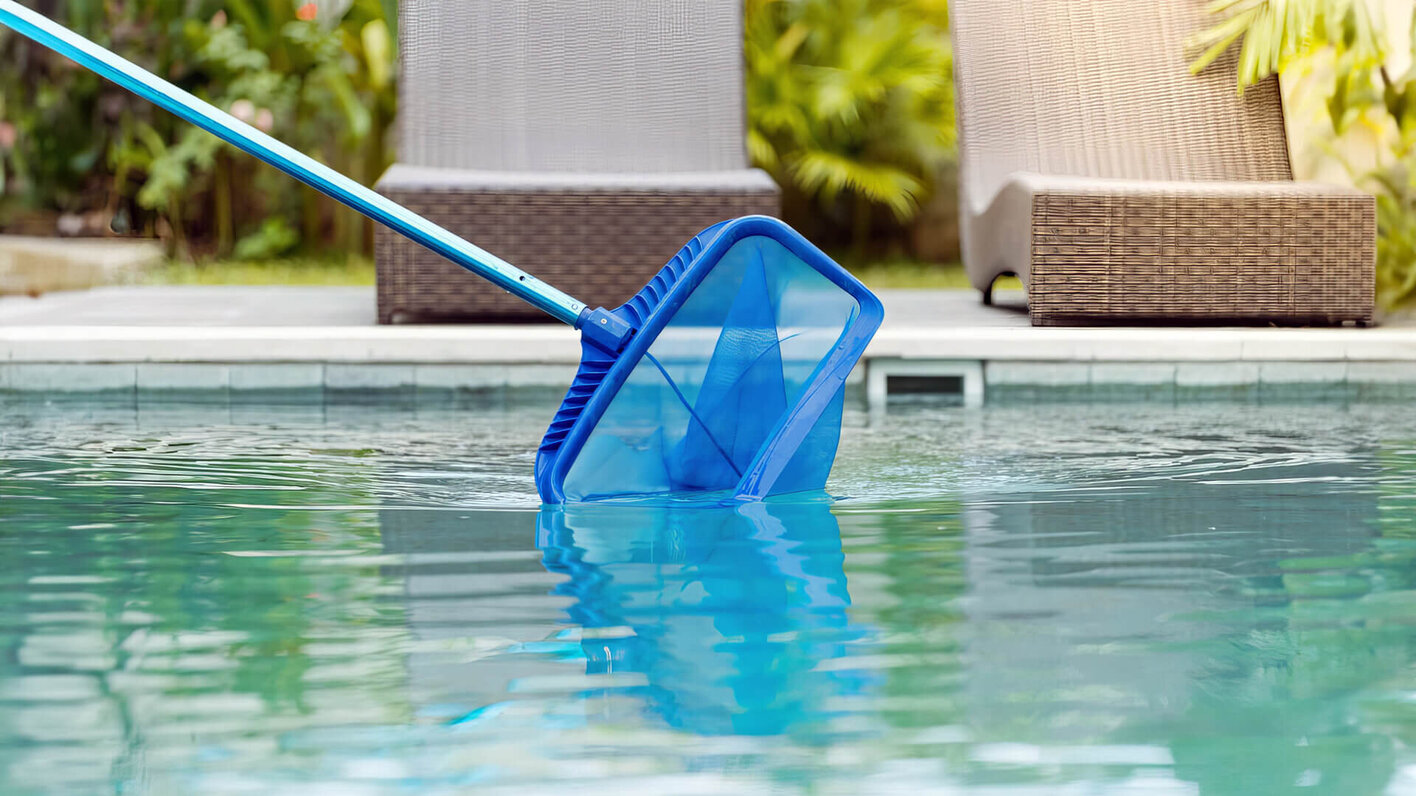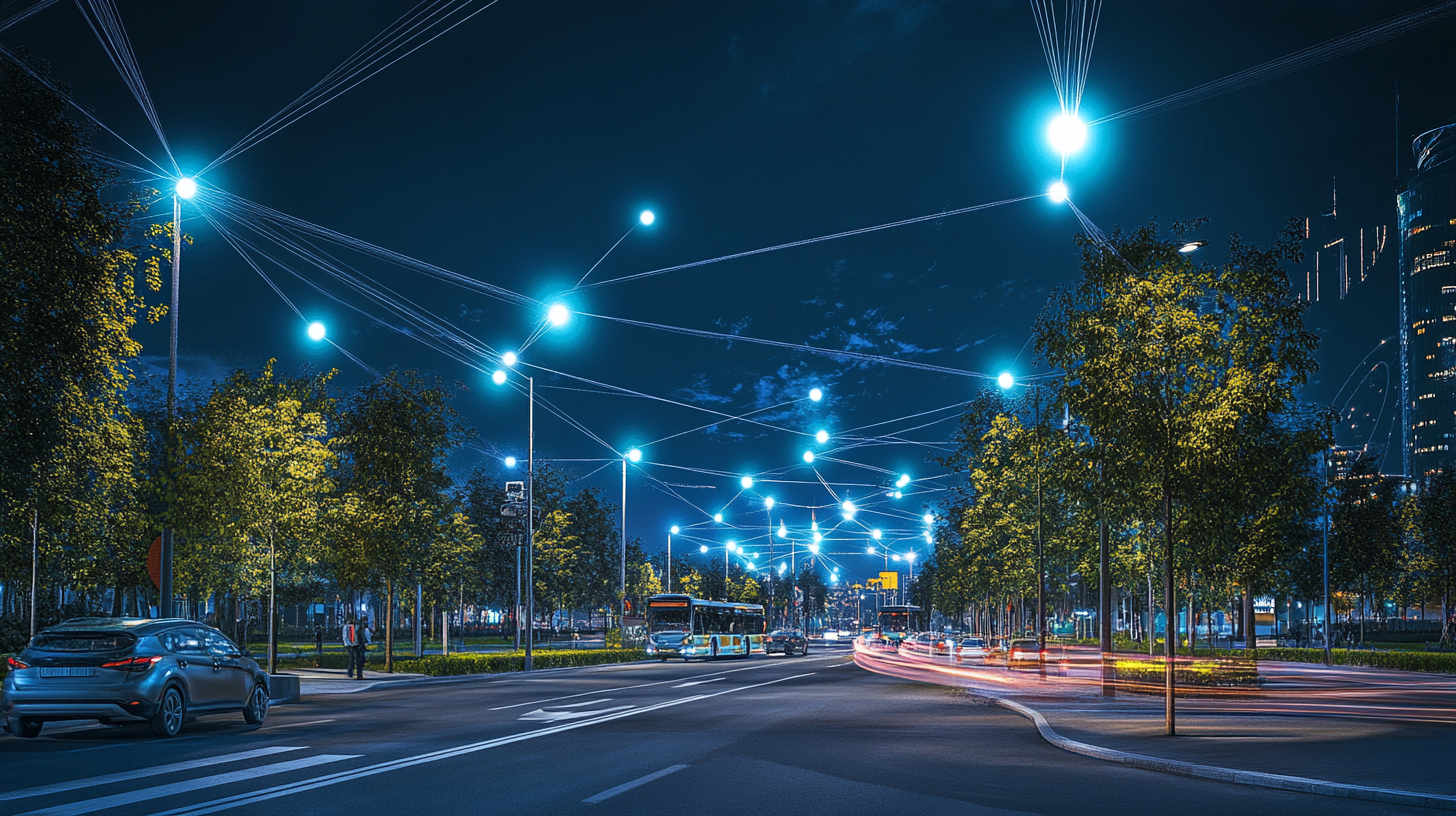What Is the Best Roof for Solar Panels?

Investing in solar panels is a significant step towards enhancing your home’s energy efficiency and sustainability. However, the type of roof you have can greatly influence the effectiveness and ease of your solar panel installation. Different roofing materials offer varying levels of durability, cost, and compatibility with solar technology. Here, we explore the best types of roofs for solar panels, highlighting the unique characteristics of each.
Mounting Solar Panels on Shingle Roofs
Shingle roofs, typically made from asphalt, are among the most common roofing materials in residential areas. These roofs usually last between 12 and 20 years. Mounting solar panels on shingle roofs is relatively straightforward. The installation process involves securing the panels with brackets that are drilled into the roof.
One of the main advantages of shingle roofs is their widespread use, which means many solar installers are familiar with working on them. However, due to their shorter lifespan compared to other roofing materials, there might be a need to replace the shingles before the solar panels reach the end of their operational life. This potential need for earlier roof replacement is something homeowners should consider.
Mounting Solar Panels on Metal Roofs
Metal roofs are known for their durability, often lasting anywhere from 40 to over 125 years. This impressive longevity makes them an excellent choice for solar panel installations. metal roofing in Florida can withstand harsh weather conditions and, due to their durability, are less likely to need replacement during the lifespan of the solar panels.
Installing solar panels on metal roofs can be simpler because of the standing seam design, which allows the panels to be attached without the need for drilling holes. This method preserves the roof’s integrity and reduces the risk of leaks. Additionally, metal roofs are reflective, which can help improve the efficiency of solar panels by keeping the roof cooler.
Mounting Solar Panels on Tile Roofs
Tile roofs, made from materials such as slate, concrete, or clay, offer a distinctive aesthetic and long-term durability. However, installing solar panels on clay tile roofs can present unique challenges. Clay tiles are fragile and can crack under pressure, which makes the installation process more complex and potentially more expensive.
Despite these hurdles, tile roofs can effectively support solar panels. Concrete and slate tiles are more robust than clay, making them less prone to damage during installation. The long lifespan of tile roofs, often exceeding 50 years, aligns well with the operational life of solar panels, making them a viable option for homeowners seeking long-term energy solutions.
Mounting Solar Panels on Tar and Gravel Roofs
Tar and gravel roofs are commonly found on flat or slightly sloped structures. These roofs are budget-friendly and typically last between 20 to 25 years. While installing solar panels on flat tar and gravel roofs is possible, it requires careful consideration of the angle and positioning.
Technicians typically use tilt brackets to mount the solar panels at an optimal 30-degree angle, ensuring maximum sunlight exposure. The flat surface of tar and gravel roofs simplifies the installation process, making it quicker and often less labor-intensive compared to sloped roofs.
Can a Roof Be Too Steep for Solar Panels?
The angle of your roof can significantly impact the efficiency of your solar panels. Ideally, solar panels should be installed at an angle of about 30 degrees. Roofs with a tilt of 40 degrees see only a slight decrease in energy production, around 1%, which is generally acceptable.
However, roofs steeper than 40 degrees may pose challenges. If your roof angle exceeds this, achieving full energy independence with solar panels might not be feasible, as the panels may not receive adequate sunlight.
Solar Panels on Flat Roofs
Flat roofs offer a straightforward and efficient platform for solar panel installation. The installation process is often simpler and quicker compared to sloped roofs. Technicians use weighted mounting systems, known as ballast systems, which rely on gravity rather than roof penetration to secure the panels. This method avoids drilling into the roof, preventing potential leaks.
To ensure optimal energy generation, solar panels on flat roofs are mounted using tilt-up brackets that angle them at 30 degrees. This setup maximizes sunlight exposure and enhances the efficiency of the solar panels.
What Is the Best Direction for Solar Panels on Roofs?
The optimal direction for solar panels is south-facing, particularly in the Northern Hemisphere, where the sun travels along the southern part of the sky. If a south-facing orientation is not possible, southeast or southwest orientations can still be effective.
In the Southern Hemisphere, the panels should face north. Ensuring the correct orientation is vital for maximizing solar energy production and achieving the highest efficiency from your solar panel system.
Conclusion
Choosing the right roof for solar panels involves considering the material, angle, and orientation of your roof. Shingle, metal, tile, and tar and gravel roofs each have unique characteristics that can influence the installation and efficiency of solar panels. By understanding these factors, you can make an informed decision that maximizes the benefits of your solar energy system, ensuring long-term sustainability and energy savings for your home.




